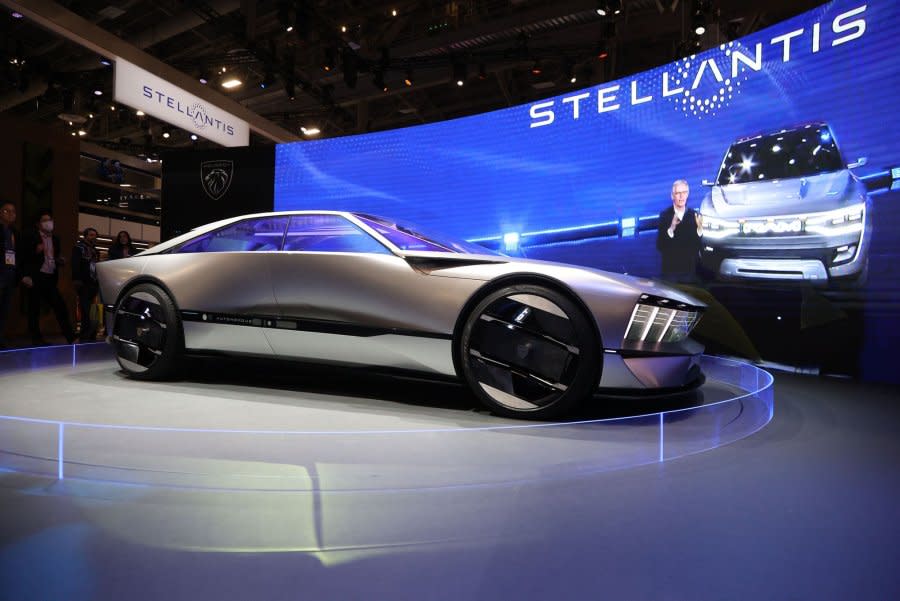Stellantis offers buyouts to 6,400 white-collar workers

Nov. 13 (UPI) -- The automaker Stellantis has offered to buy out 6,400 of its white-collar workers in the United States, citing the transition to electric vehicles and a dodgy car market. That's about half of the company's 12,700 salaried employees not represented by the United Auto Workers.
"As the U.S. automotive industry continues to face challenging market conditions, Stellantis is taking the necessary structural actions to protect our operations and the company," Stellantis spokesperson Jodi Tinson said in a statement Monday.
"As we prepare for the transition to electric vehicles, Stellantis announced today that it will offer a voluntary separation package to assist those non-represented employees who would like to separate or retire from the company to pursue other interests with a favorable package of benefits," Tinson added.
The buyouts are based on years of service and offer employees, who have until Dec. 8 to make a decision, a lump sum payout. Workers with between five and nine years would receive three months of base pay, 10-14 years would get six months pay, those with 15-19 years would get nine months pay and those with 20 years or more would receive the equivalent of a year's salary, according to terms of the offer.
This is the second round of buyouts this year. Stellantis recently reached an agreement with the UAW on a new labor agreement for its union-backed workers who build the Jeep, Ram, Chrysler, Dodge and Fiat brands.
Stellantis offered buyouts to 2,500 U.S. salaried employees and 31,000 hourly workers in the United States and Canada. The company has not said how many people took those buyouts.
High interest rates are slowing car sales as potential buyers struggle to come up with higher monthly payments. Those factors are blamed for a 1% drop in Stellantis sales in September.
This comes at a time when the automaker is poised to release its first fleet of all-electric vehicles in North America, which the company has characterized as "40% more expensive than internal combustion engine counterparts."
That release comes as the auto industry is slowing once optimistic projections on EV sales due to stubbornly high sticker prices and an insufficient network of charging stations.
Market analysts have said Stellantis has talked about cost-cutting in order to fund their EV investments.
"They're probably focusing on people working in areas related to internal combustion engine vehicles where there's less future investment in those products," Sam Abuelsamid, principal e-mobility analyst at market research firm Guidehouse Inc. said.

